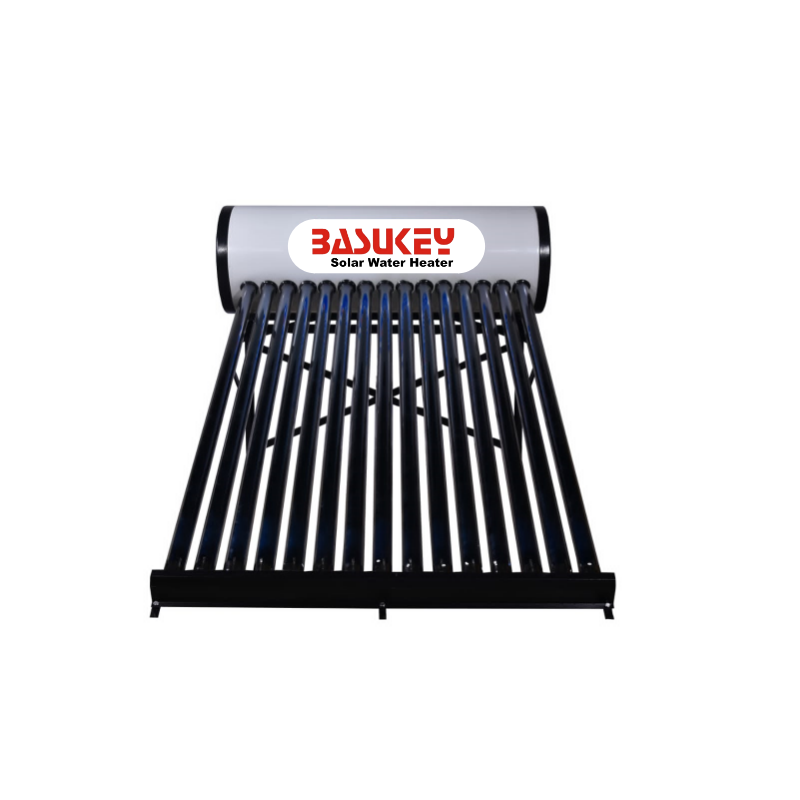Cost-Benefit Analysis of Installing Solar Panels in 2025
Cost-Benefit Analysis of Installing Solar Panels in 2025. As the world transitions toward renewable energy, solar power has become an increasingly attractive option for homeowners and businesses. With advancements in solar technology, battery storage, and government incentives, installing solar panels in 2025 presents a compelling case for long-term savings and energy independence. This analysis examines the costs, benefits, and return on investment (ROI) associated with solar panel installations in 2025, helping consumers and businesses make informed decisions.
1. Upfront Costs of Solar Panel Installation
A. Solar Panel System Costs
The total cost of a solar power system depends on several factors, including system size, panel efficiency, and installation complexity.
| System Size | Estimated Cost (Before Incentives) |
|---|---|
| 3 kW | $6,000 – $9,000 |
| 5 kW | $10,000 – $15,000 |
| 10 kW | $18,000 – $30,000 |
| 20 kW | $35,000 – $55,000 |
B. Additional Costs
- Battery Storage: $8,000 – $15,000 for a standard home battery backup system
- Inverter Replacement: $1,500 – $3,500 every 10–15 years
- Installation & Permits: Varies by location but typically adds 10–15% to system costs

2. Financial Incentives & Government Policies in 2025
A. Federal and State Tax Credits
In 2025, homeowners and businesses may still benefit from the Investment Tax Credit (ITC), which provides a 26% tax credit on solar installations. Some regions also offer additional state-level incentives that further reduce upfront costs.
B. Net Metering & Feed-in Tariffs
Many utilities continue to offer net metering, allowing homeowners to sell excess electricity back to the grid, effectively reducing electricity bills. Some states also provide feed-in tariffs, which pay solar owners a fixed rate for exported energy.
C. Solar Loans & Leasing Options
Many financial institutions offer zero-down solar loans, spreading costs over time with low-interest financing options. Solar leasing and power purchase agreements (PPAs) allow consumers to install solar with little to no upfront costs while paying a fixed rate for the energy produced.
3. Savings & Payback Period
A. Electricity Bill Reduction
A solar panel system can offset 60%–100% of a household’s electricity costs, depending on system size and energy usage.
| Monthly Electricity Bill | Estimated Annual Savings (With 6 kW Solar System) |
|---|---|
| $100 | $1,000 – $1,400 |
| $200 | $2,000 – $2,800 |
| $300 | $3,000 – $4,200 |
B. Payback Period Calculation
The payback period depends on installation costs, incentives, and electricity savings.
For a 6 kW system costing $15,000 (before incentives):
- After applying a 26% tax credit, the net cost is $11,100
- With annual savings of $1,500, the system pays for itself in 7–8 years
- Over a 25-year lifespan, total savings could exceed $40,000
4. Long-Term Benefits of Solar Panel Installation
A. Return on Investment (ROI)
Solar panel systems typically generate an ROI of 10%–20%, outperforming traditional investments like bonds or savings accounts.
B. Energy Independence & Grid Stability
With battery storage, homeowners can achieve greater energy autonomy, reducing reliance on the power grid and protecting against blackouts.
C. Environmental Impact
Switching to solar power reduces carbon emissions by 3–4 metric tons per year per household, contributing to clean energy goals and sustainability efforts.
D. Increased Property Value
Homes with solar panels can increase in value by 4%–6%, making them more attractive to buyers in a competitive market.
5. Challenges & Considerations
A. Weather & Location Dependence
Solar power generation varies based on sunlight exposure. Homes in high-sunlight regions (e.g., Arizona, California, Texas) achieve faster ROI compared to low-sunlight areas (e.g., Pacific Northwest).
B. Maintenance & Degradation
Modern solar panels last 25–30 years, but efficiency can degrade by 0.5% per year. Regular cleaning and occasional inverter replacements are required for optimal performance.
C. Net Metering Policy Changes
Some utility companies are reducing net metering incentives, which could impact overall savings. Battery storage solutions help mitigate these risks by maximizing self-consumption.
6. Conclusion: Is Solar Worth It in 2025?
For homeowners and businesses looking to reduce energy costs, increase energy independence, and support sustainable energy initiatives, solar power remains a highly cost-effective solution in 2025. With declining costs, improved battery storage, and government incentives, solar installations continue to offer strong financial and environmental benefits. While upfront costs remain a key factor, falling solar prices, financing options, and long-term savings make solar a viable investment for the future.
